Ferrari Purosangue crosses over from the dark side
The new Purosangue is not a conventional ‘sports utility vehicle’, but then Ferrari always promised it would never build an SUV. Instead, it offers a mixed-up approach that calls into question the need for such rigid categories of car design

This is the new Ferrari Purosangue, perhaps the most controversial model in the Italian marque’s 75-year history. Whatever you do, don’t call it an SUV, because Ferrari doesn’t. There will also be howls of protest from the faithful who still hold former CEO Luca di Montezemolo's dictum that the company would not, under any circumstances, venture down the popular and profitable SUV route. The thinking was that Ferrari was and is a sports car company, and that no SUV would ever darken the factory gates at Maranello.
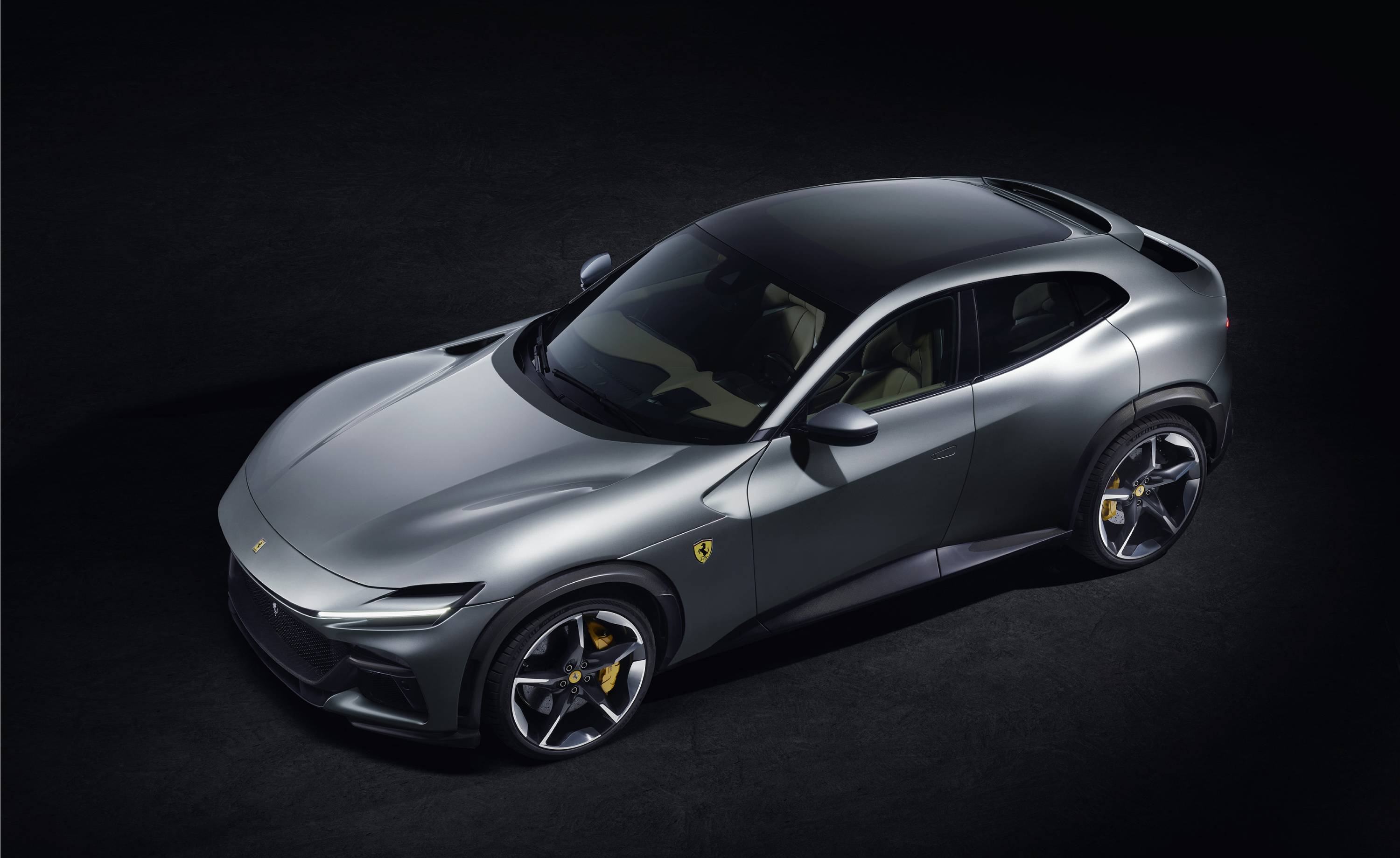
On paper, the new model offers a set of production figures that make it hard to distinguish from the company’s mid- and front-engined sports cars (a substantial portfolio that includes the ‘core’ 296 GTB and GTS, the SF90 Stradale and Spider and the impossibly elegant Roma).
With a V12 engine putting out 716Nm of power (capable of hauling this beast to 62mph in 3.3 seconds), it’s unashamedly old-fashioned in outlook. Ferrari is a pioneer in hybrid sports car design, but this particular machine won't get electrified for a while.
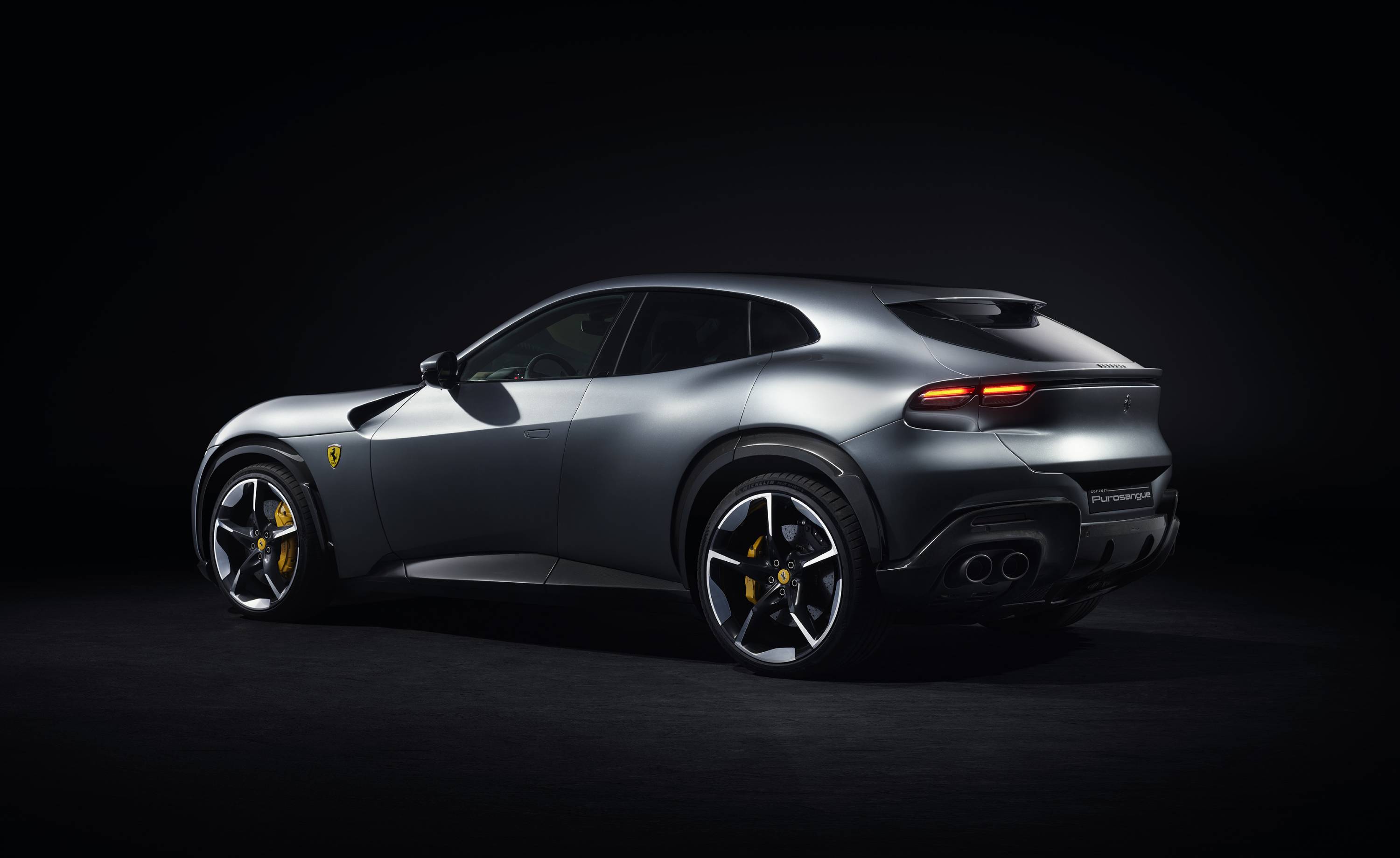
If anything, the Purosangue resembles an expanded and lifted version of Ferrari’s 812 GTS, although the model it replaces is the GTC4Lusso, Ferrari’s last big four-seat tourer. That car ceased production in 2020; before it, came the Ferrari FF and the bug-eyed but brilliant 612 Scaglietti (an example of which Wallpaper* once got to customise, courtesy of the factory).
The focus has been on raw sports cars for many years, so this car is a major departure.
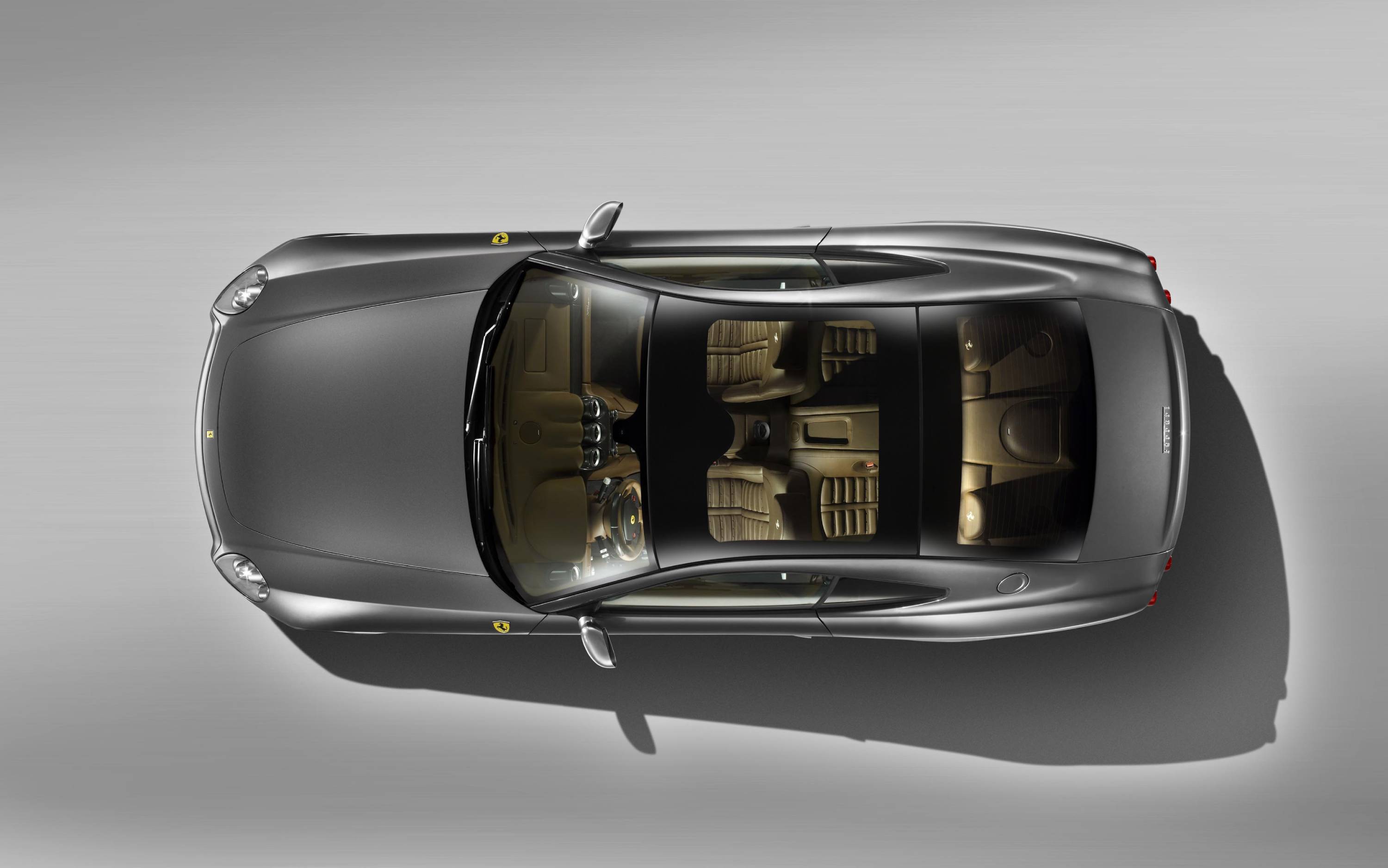
The Ferrari 612 Scaglietti (not Wallpaper*’s custom model)
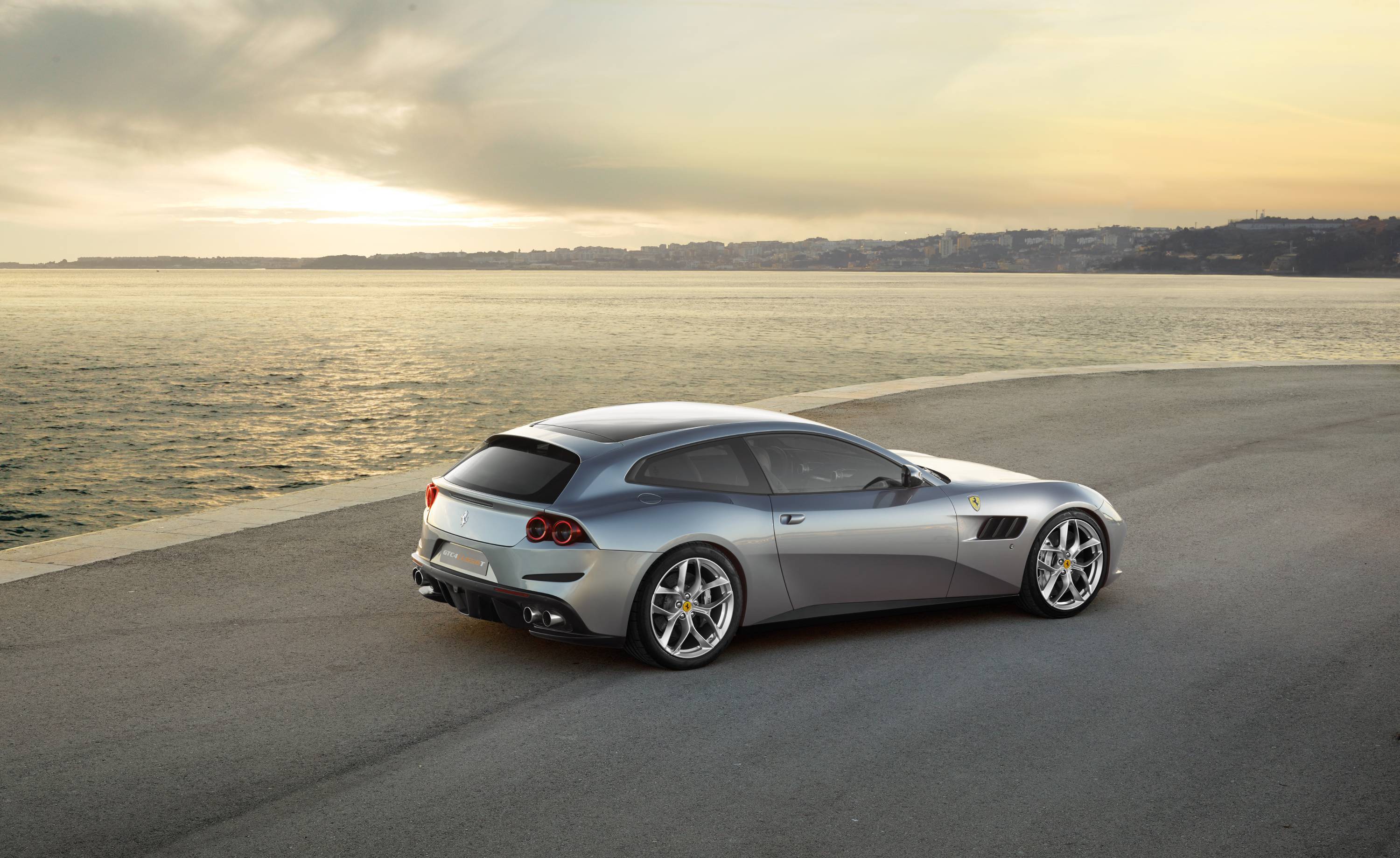
The four-seater Ferrari GTC4Lusso, which ended production in 2020
There have been four-seater Ferraris since 1960, when the company revealed the 250 GT/E. Since then, there have been a number of four seaters bearing the prancing horse, some classic, some controversial, but never any four door models (unless you count aftermarket conversions and the extremely elegant one-off Ferrari Pinin concept from 1980).
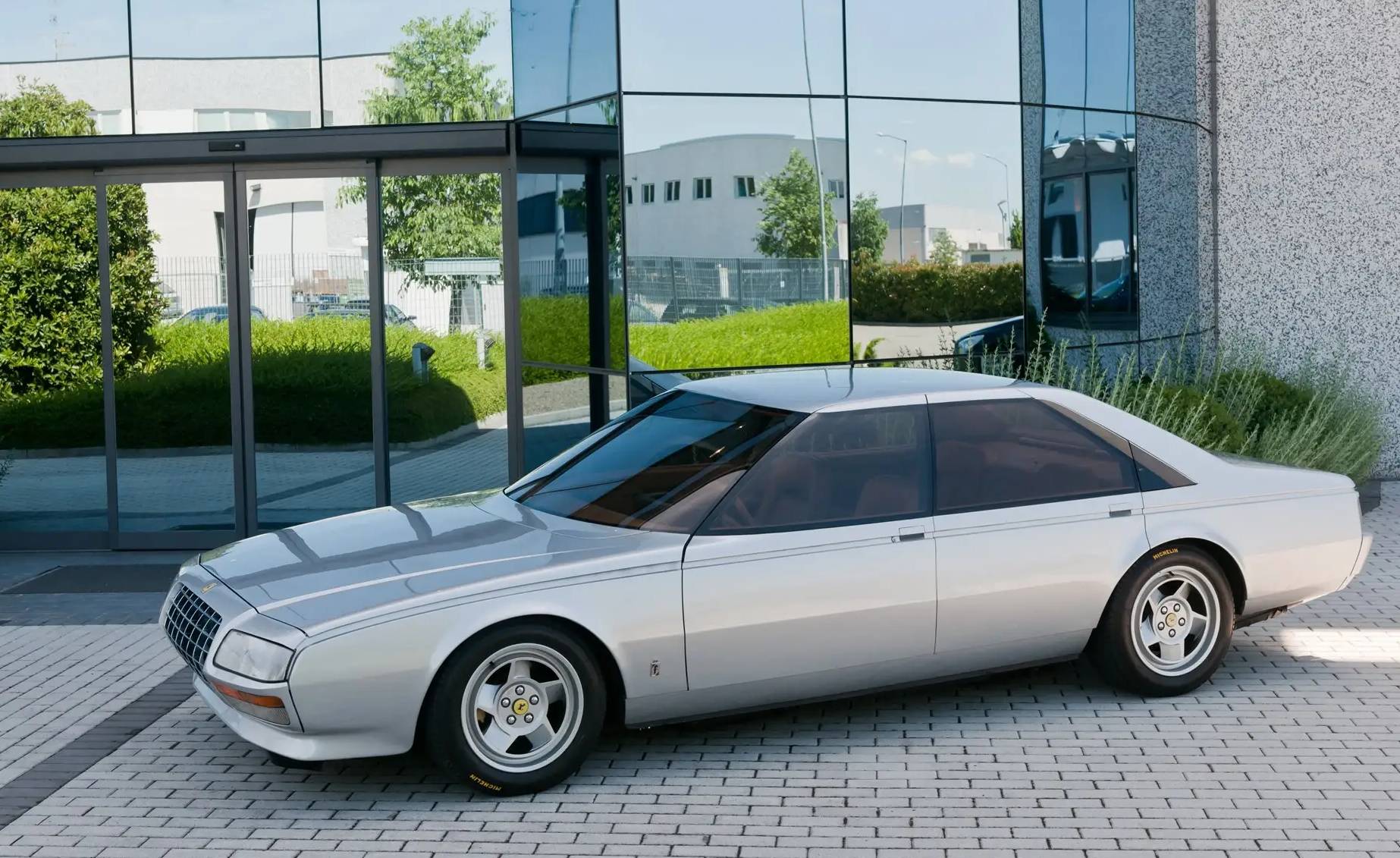
1980 Ferrari Pinin Concept, designed by Pininfarina (image courtesy of RM Sotheby’s)
The Purosangue’s second set of doors are rear-hinged (‘suicide’ doors, to use the industry term). They give access to two full-size rear seats (it’s a strict four-seater), although there is a hefty central B-pillar to give the body the stiffness that such power and sportiness demand.
Wallpaper* Newsletter
Receive our daily digest of inspiration, escapism and design stories from around the world direct to your inbox.
The company calls the interior ambiance a ‘Ferrari Lounge’, and it’s far removed from a cramped, noisy cockpit. There’s four-wheel drive and an elevated ride height but the company is making no claims for any dedicated off-road ability.
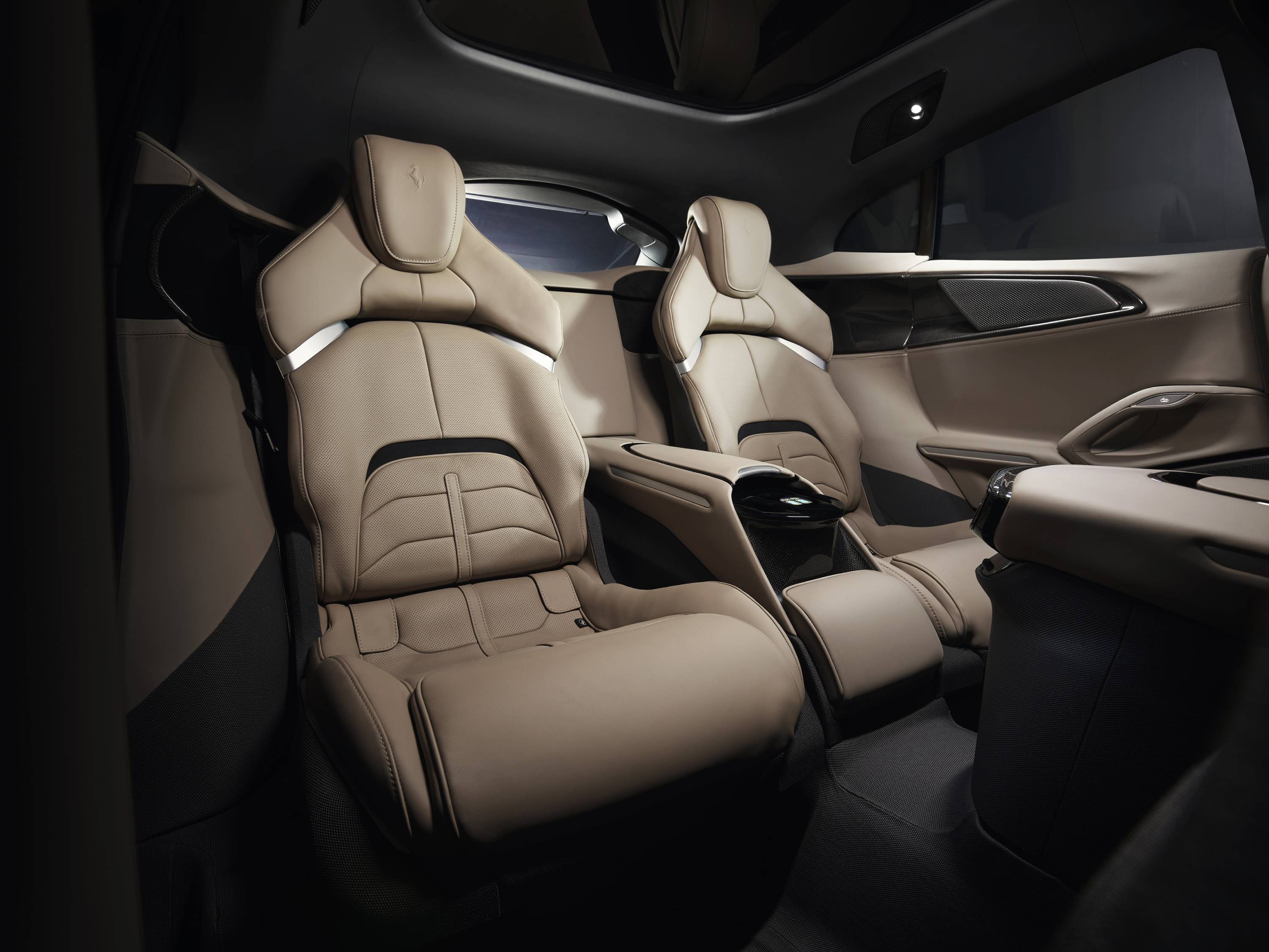
Ferrari Purosangue interior
The cockpit gives the driver a low, sporty seating position and the usual overly complex Ferrari interface (together with a touch screen dedicated to the front passenger use).
Interestingly there’s no satnav; the company assumes customers will want to use the more up-to-date functionality on their phones instead.
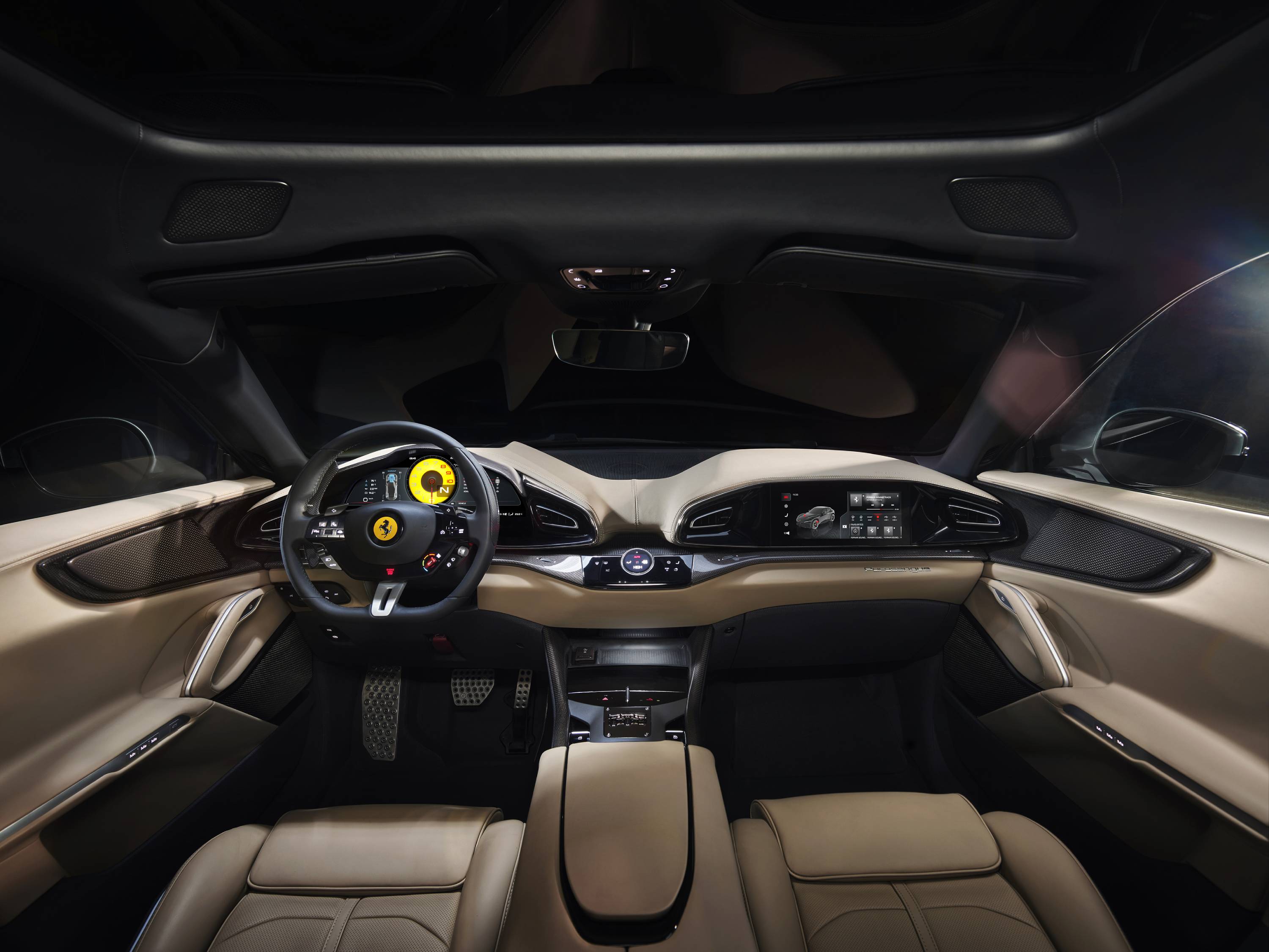
Purosangue interior
With pricing expected to be just shy of €400,000, the Ferrari Purosangue is pitched quite high above its most obvious rivals like the Lamborghini Urus and the Aston Martin DBX 707. It’s even pricier than Bentley’s most elaborate Bentayga and the Cullinan, Rolls-Royce’s first attempt at an SUV. As a result, the company can assert that the Purosangue isn’t a luxury SUV because it’s not priced remotely like one.
Even at these heights, Ferrari still expects to sell several thousand Purosangues each year, taking it to its factory-limited production capacity of 15,000 cars with ease. In fact, waiting lists are so over-subscribed that the company has already said it might have to close the order list early. If anyone can create mass-produced personal transportation that nudges the half-million euro mark, it’s Ferrari.
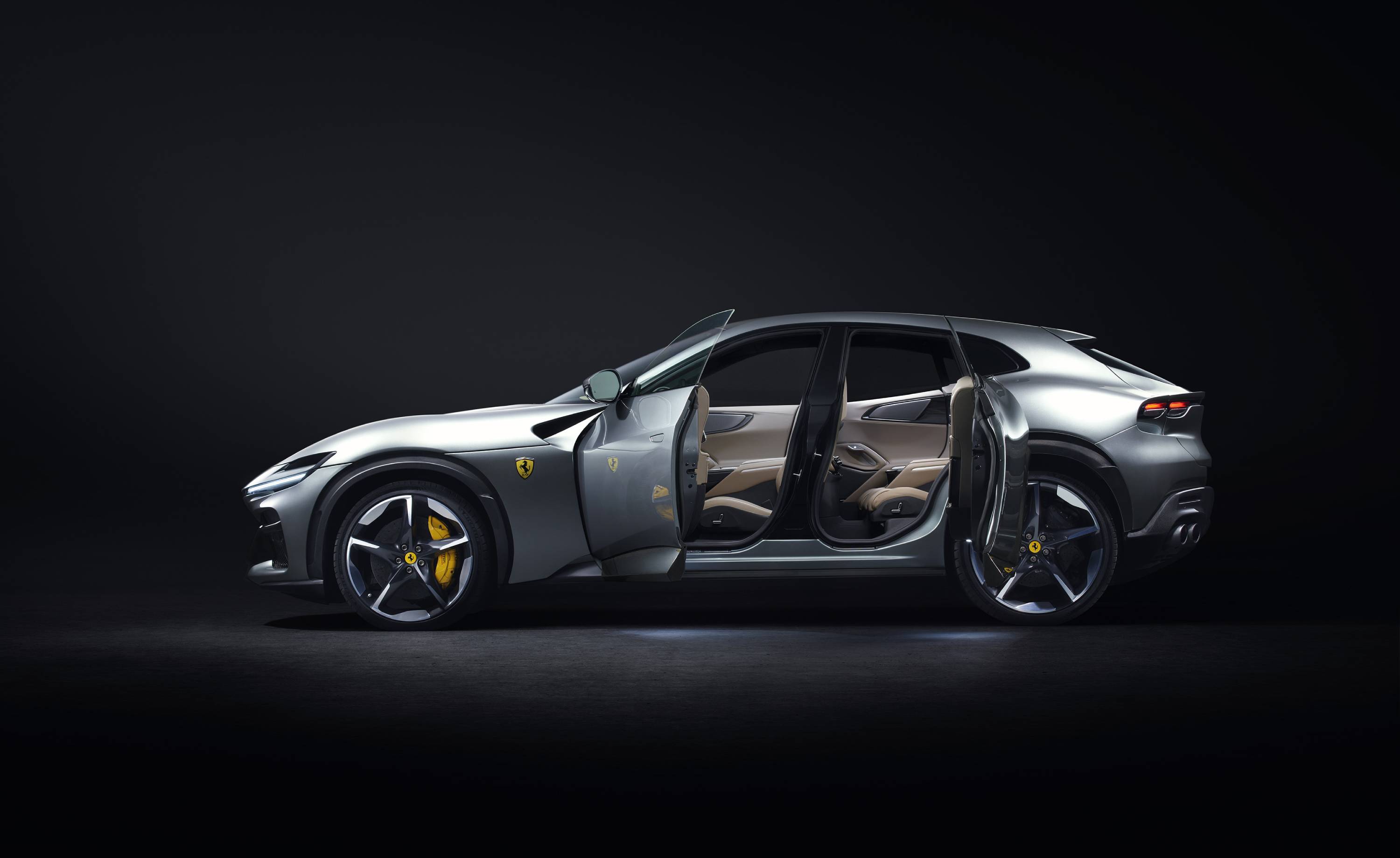
Purosangue
It's ironic that the biggest departure from the company’s tried and tested formula should come right at the very tail-end of the internal combustion era. Although electric vehicles promise greater design diversity, car makers are still loath to break out of existing categories. Ferrari is being bloody-minded in its disavowal of the SUV but also somewhat brave.
As a result, you can expect other luxury manufacturers to start broadening their horizons in the near future. Who will be the first volume car maker to take a similar path?
INFORMATION
Ferrari Purosangue, from €390,000
Jonathan Bell has written for Wallpaper* magazine since 1999, covering everything from architecture and transport design to books, tech and graphic design. He is now the magazine’s Transport and Technology Editor. Jonathan has written and edited 15 books, including Concept Car Design, 21st Century House, and The New Modern House. He is also the host of Wallpaper’s first podcast.
-
 In Wales, Michelin-starred Gorse celebrates the country’s abundant larder
In Wales, Michelin-starred Gorse celebrates the country’s abundant larderGorse is the first Michelin-starred restaurant in Cardiff, putting Welsh cuisine on the map. We speak with chef and founder Tom Waters about the importance of keeping culinary traditions alive
By Tianna Williams
-
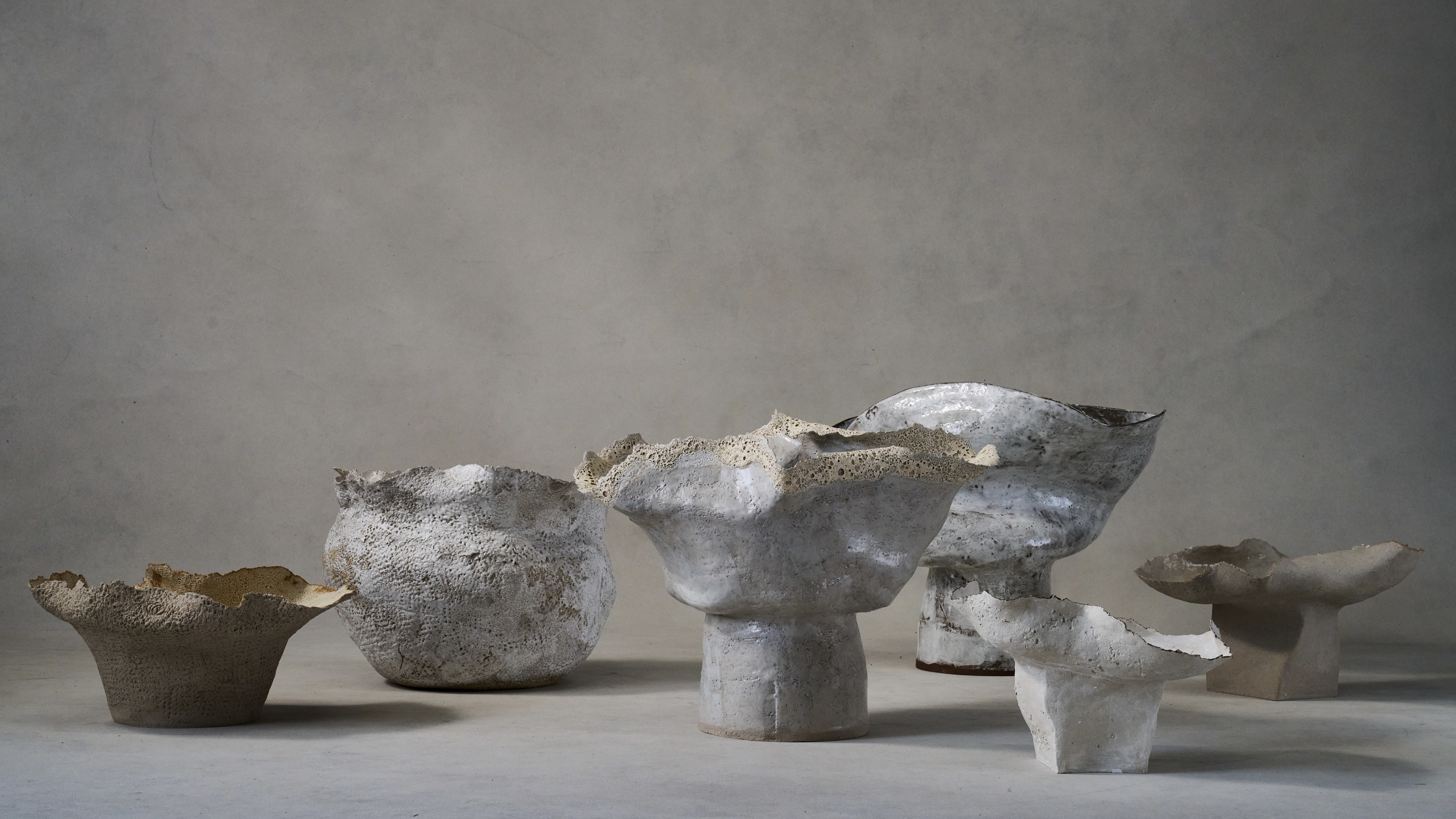 Ludmilla Balkis’ organic, earthy ceramics embody the Basque countryside
Ludmilla Balkis’ organic, earthy ceramics embody the Basque countrysideThe sculptor-ceramicist presents a series inspired by and created from found natural objects in a New York exhibition
By Anna Solomon
-
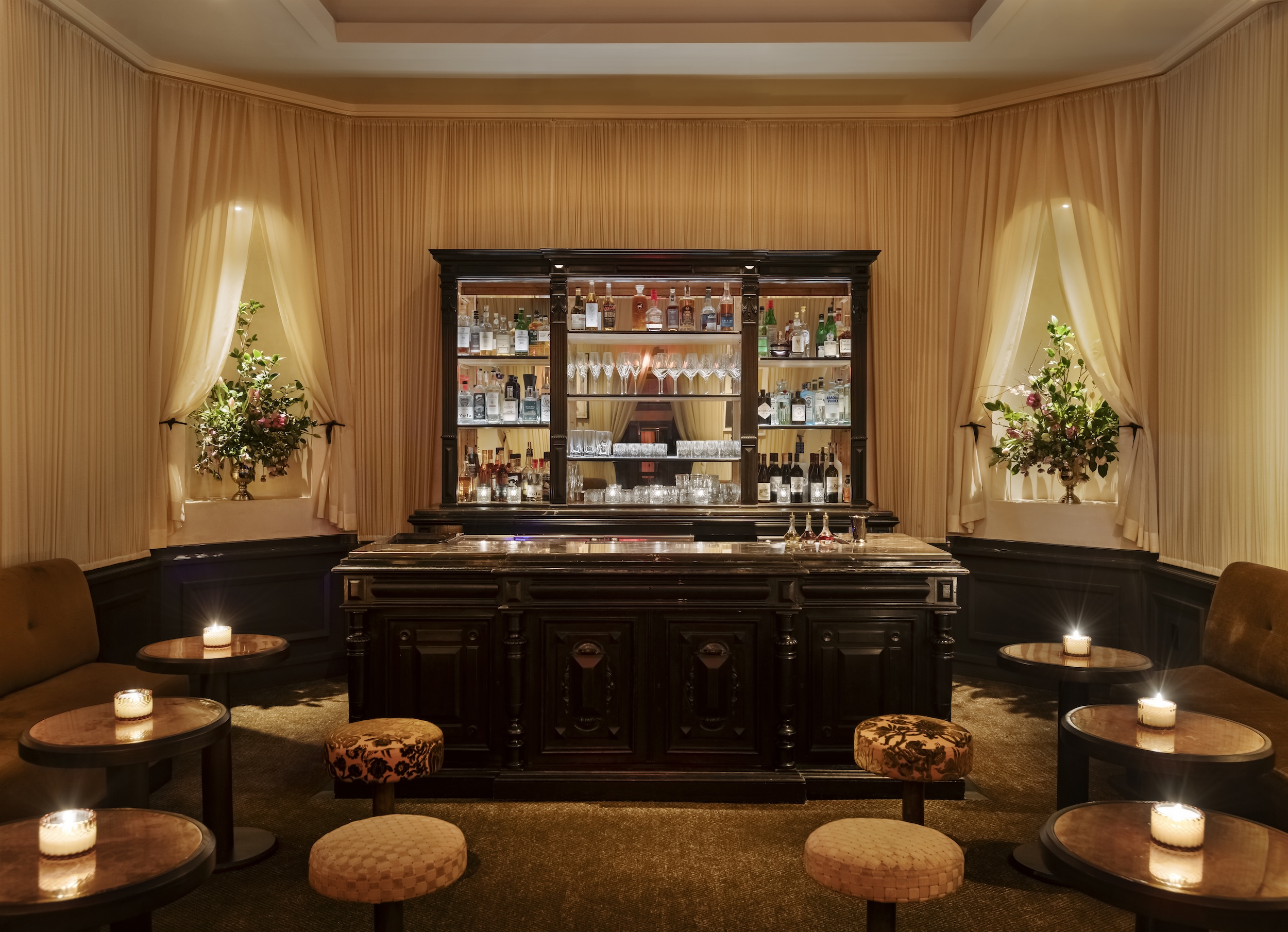 At this secret NYC hangout, the drinks are strong and the vibes are stronger
At this secret NYC hangout, the drinks are strong and the vibes are strongerFor People's bar, Workstead serves up a good time
By Anna Fixsen
-
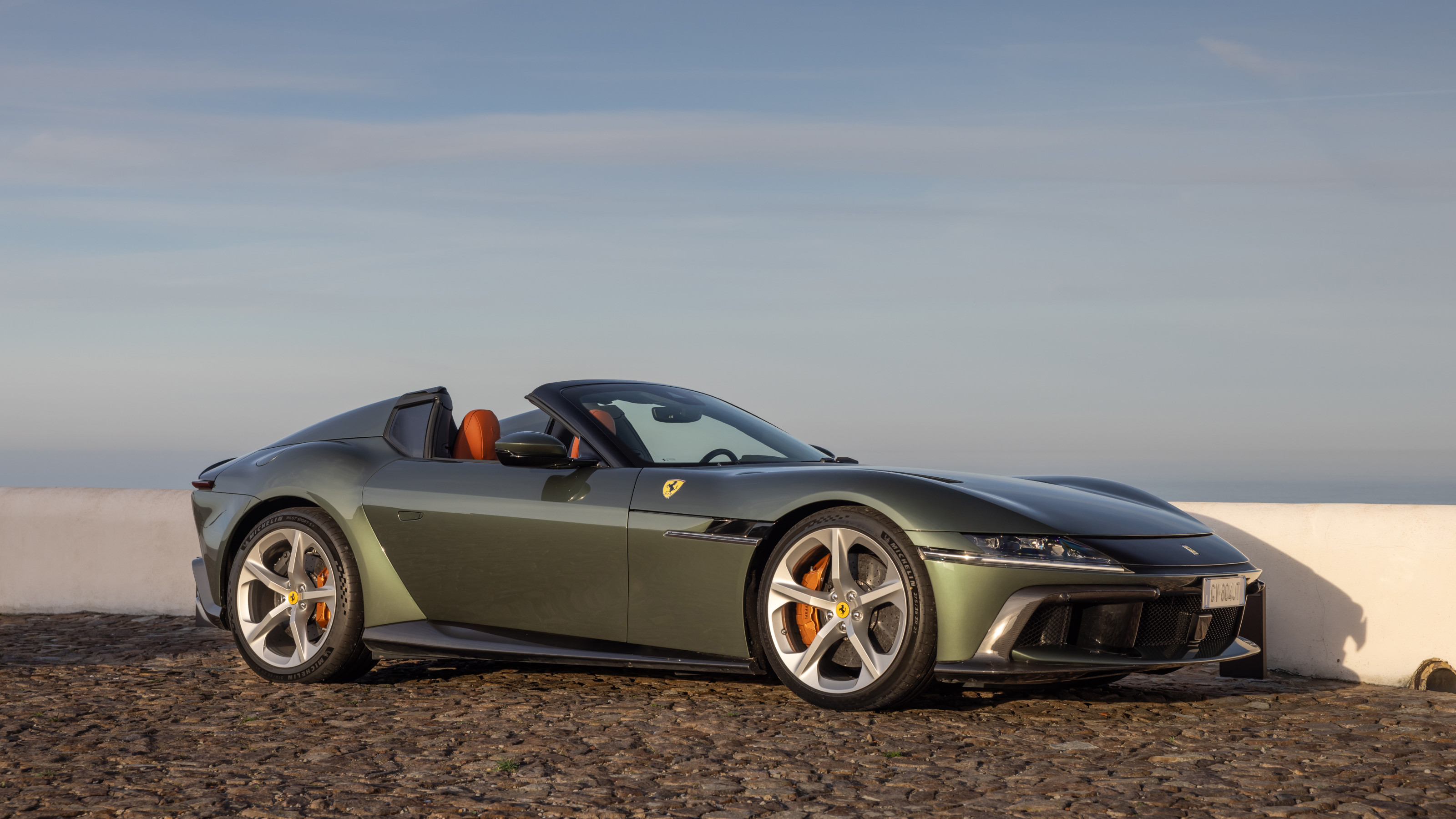 Ferrari drops the top on its mighty 12Cilindri super coupe to create the elegant Spider
Ferrari drops the top on its mighty 12Cilindri super coupe to create the elegant SpiderWe drive the new Ferrari 12Cilindri Spider, a last and glorious hurrah for the sound of the V12
By Jonathan Bell
-
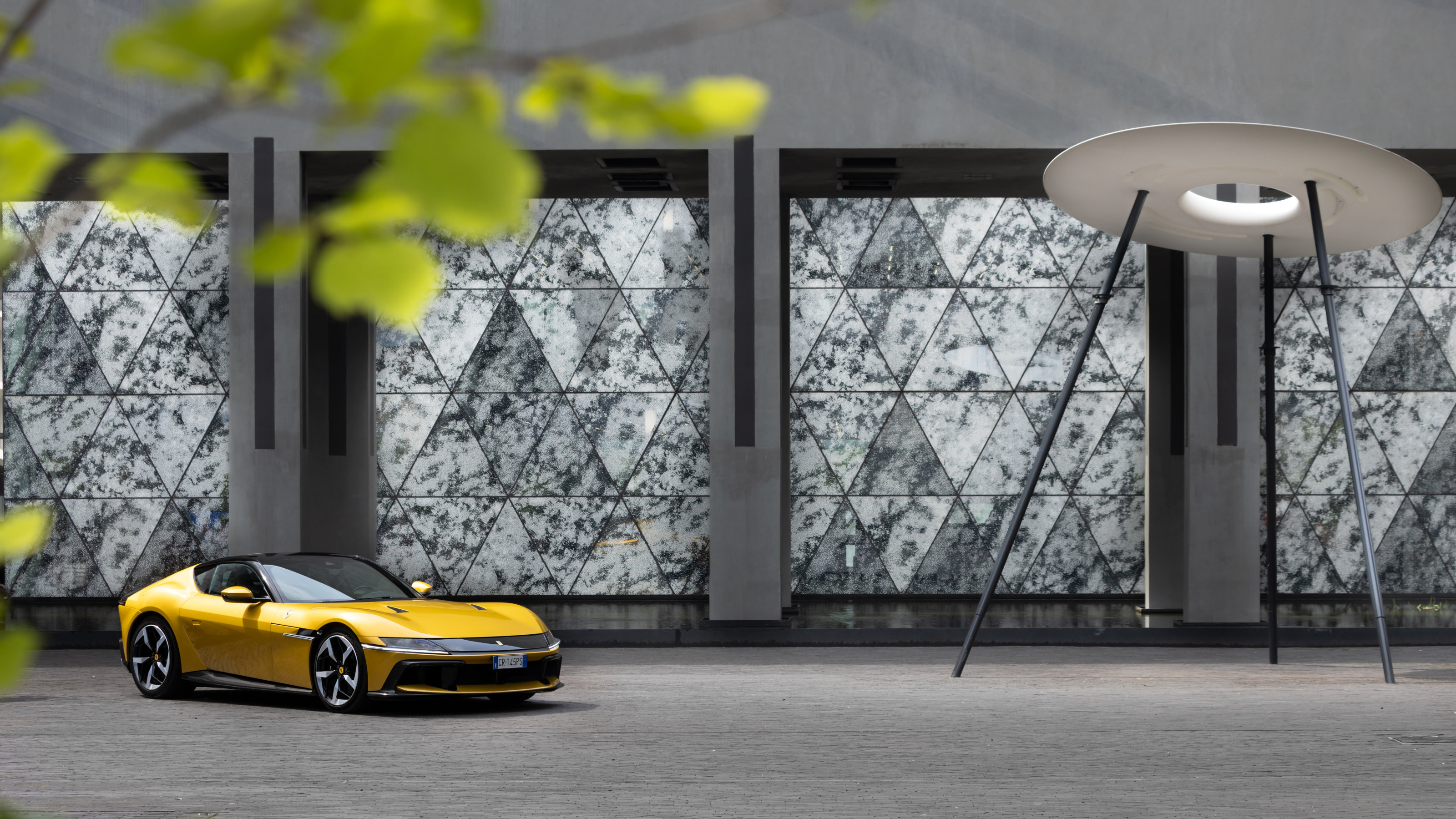 The Ferrari 12Cilindri is the ultimate expression of the marque’s greatest engine
The Ferrari 12Cilindri is the ultimate expression of the marque’s greatest engineWe sample Ferrari's latest, the mighty front-engined grand tourer that bears a simple descriptive name, 12Cilindri
By Rory FH Smith
-
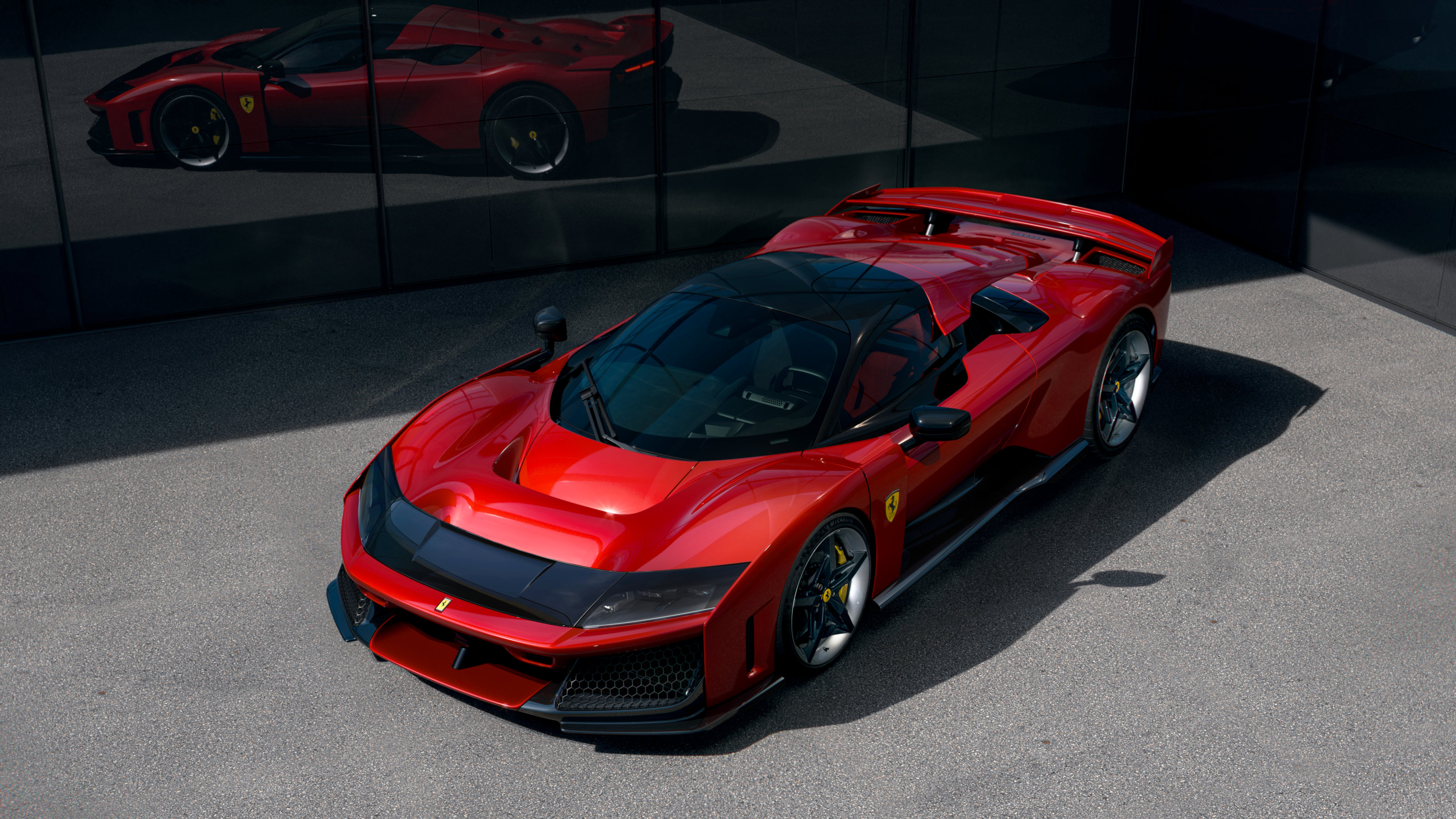 The Ferrari F80 continues the company's tradition of using supercars to showcase tech
The Ferrari F80 continues the company's tradition of using supercars to showcase techJust 799 examples of Ferrari’s ferociously complex and high-tech styled F80 will be made, helping give shape to the sports cars of tomorrow
By Jonathan Bell
-
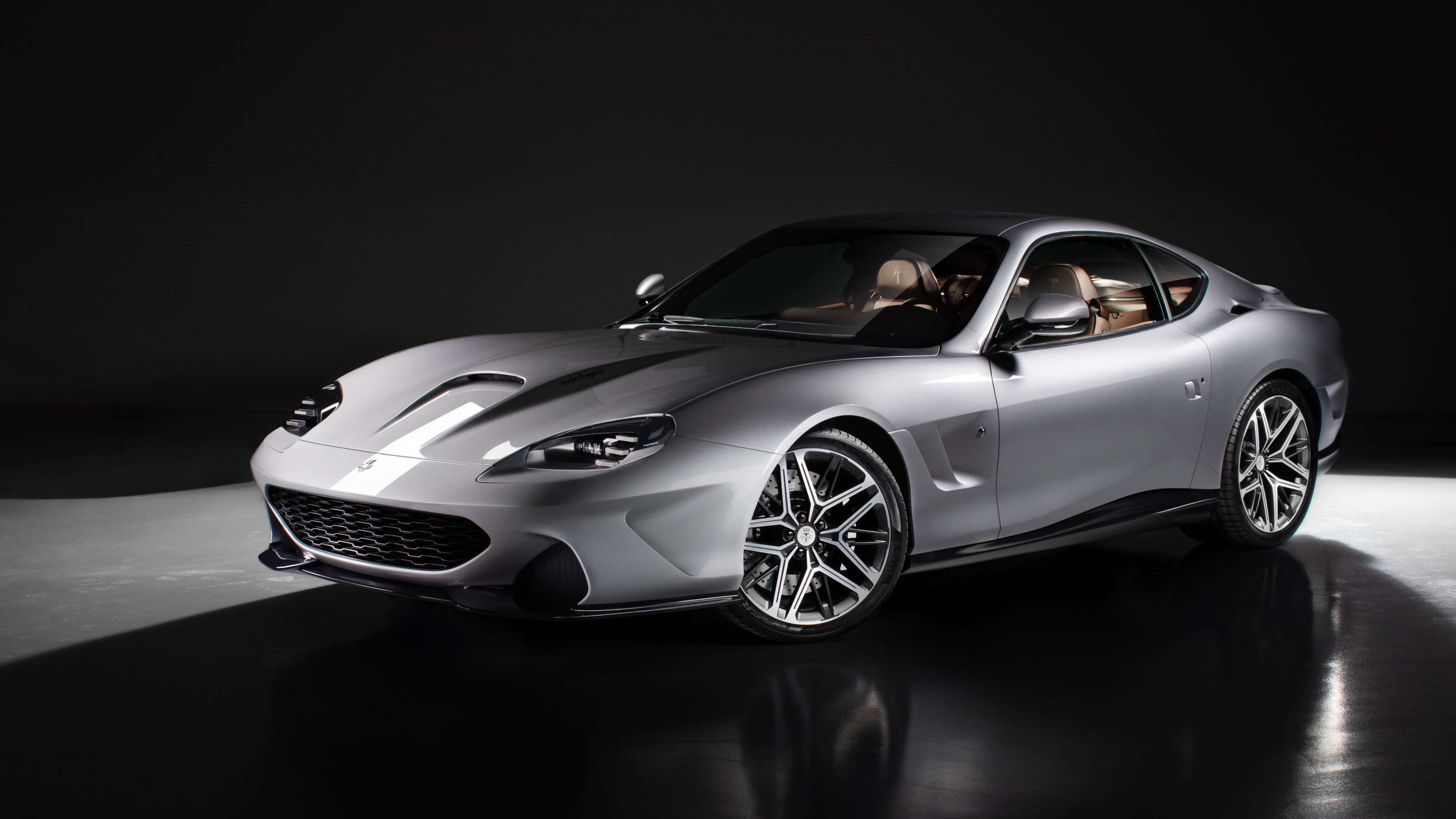 A 90s icon of Italian sports car design is reborn as the Veloce12 by Touring Superleggera
A 90s icon of Italian sports car design is reborn as the Veloce12 by Touring SuperleggeraCarrozzeria Touring Superleggera have transformed the Ferrari 550 Maranello into an all-analogue, carbon-bodied GT for the modern era
By Jonathan Bell
-
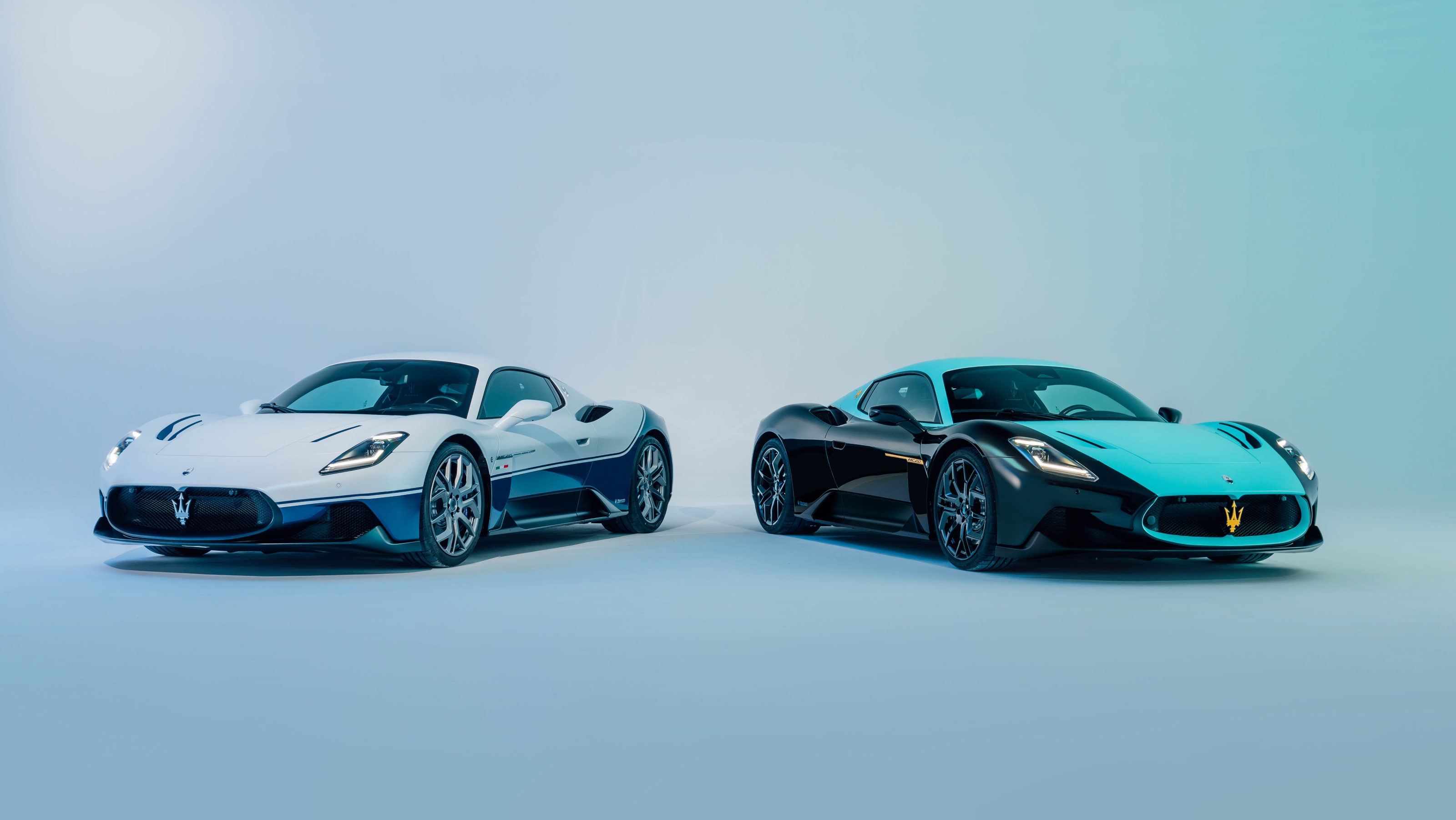 Meet two new Maserati MC20 supercars, the Leggenda and the Icona
Meet two new Maserati MC20 supercars, the Leggenda and the IconaThese Maserati MC20 special editions honour the company’s racing heritage and the 20th anniversary of the Maserati MC12 hypercar
By Jonathan Bell
-
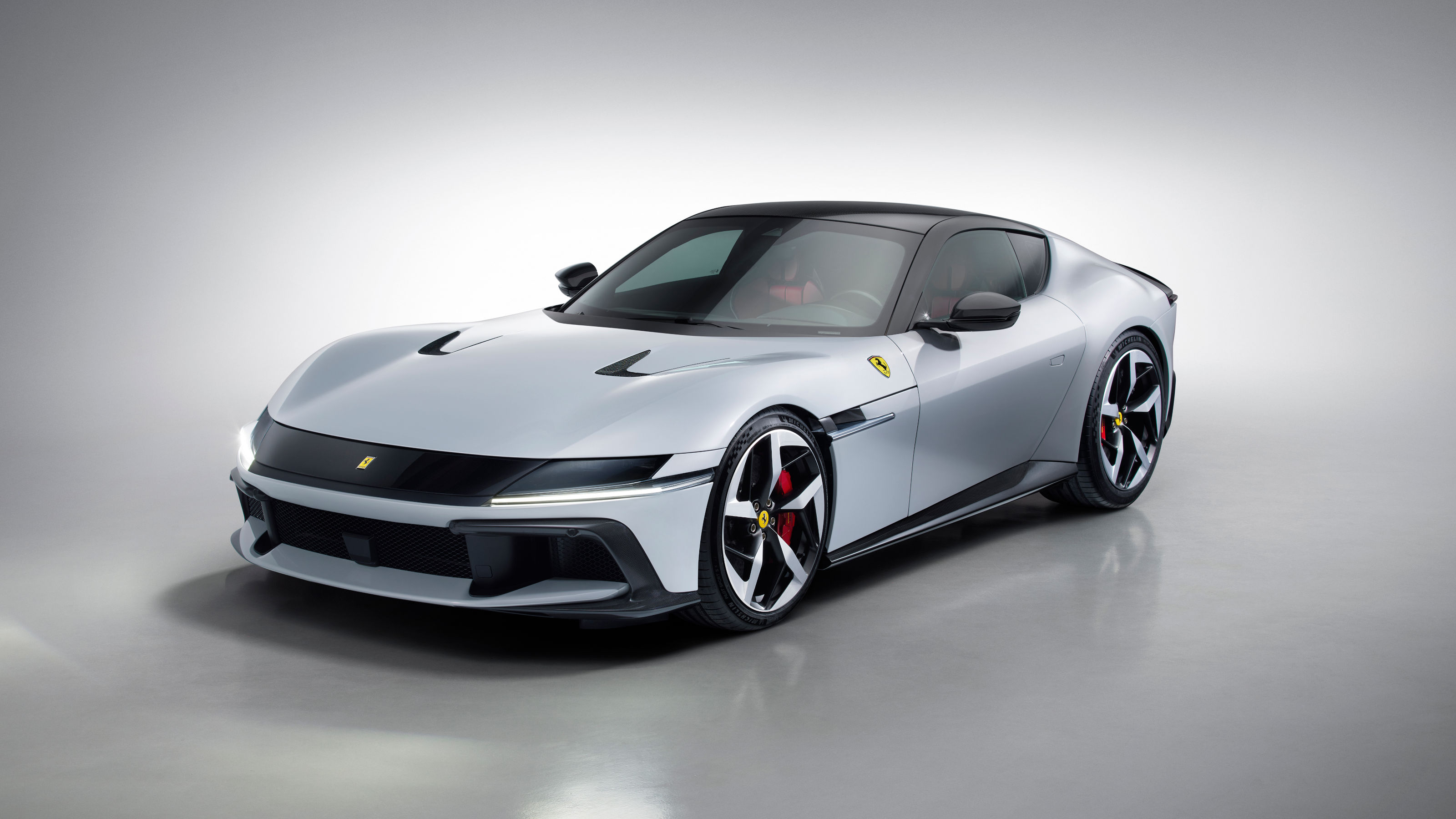 New Ferrari 12Cilindri is a purist, V12-powered two-seater Berlinetta
New Ferrari 12Cilindri is a purist, V12-powered two-seater BerlinettaThe new Ferrari 12Cilindri, available as both a coupé and a Spider, pares back the brand’s classic design tropes to bare essentials to create a timeless luxury GT
By Jonathan Bell
-
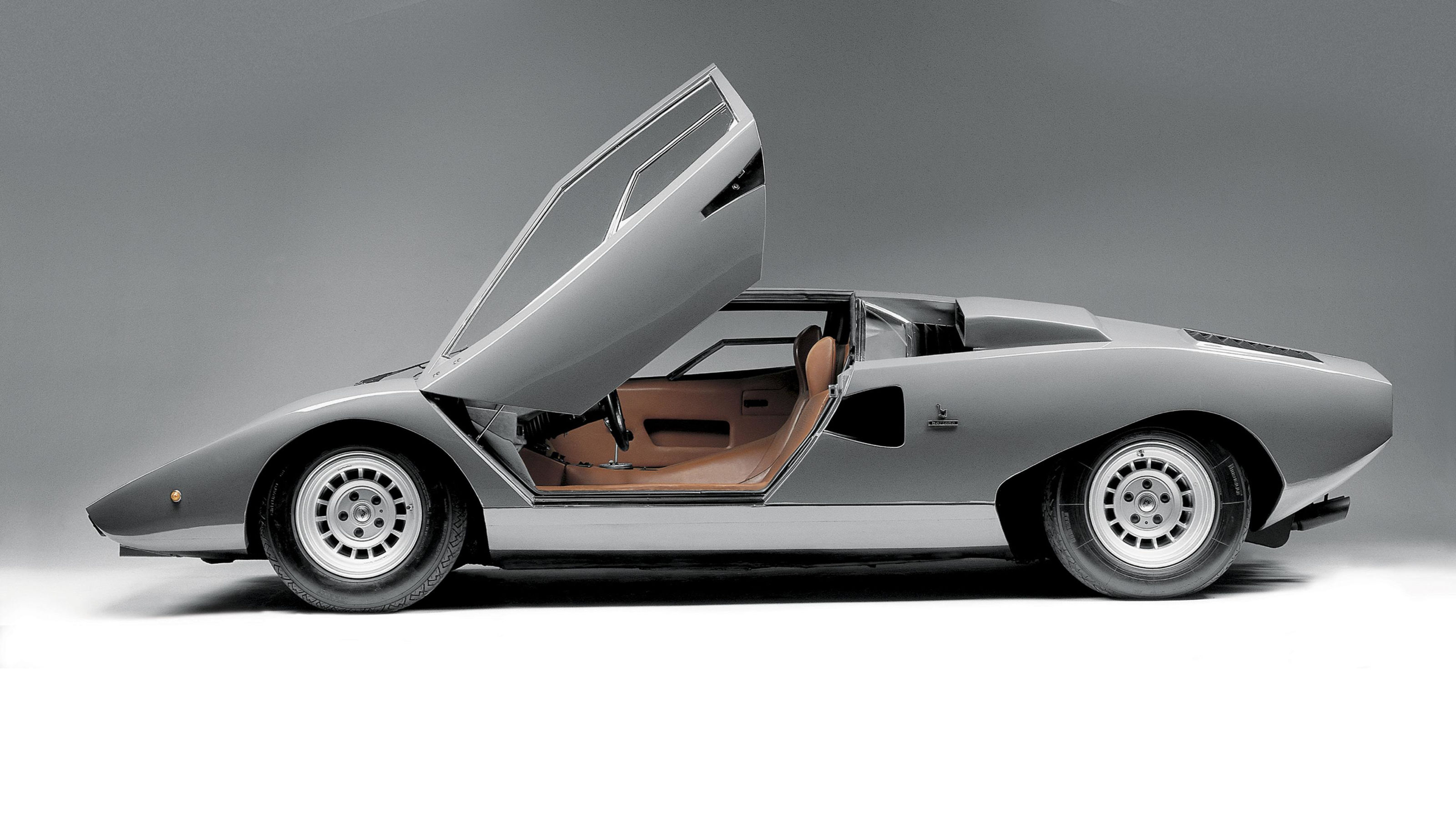 In memoriam: automotive designer Marcello Gandini (1938-2024)
In memoriam: automotive designer Marcello Gandini (1938-2024)As the man behind the form of the modern supercar, Marcello Gandini was hugely influential. We look back at some of his most accomplished designs
By Jonathan Bell
-
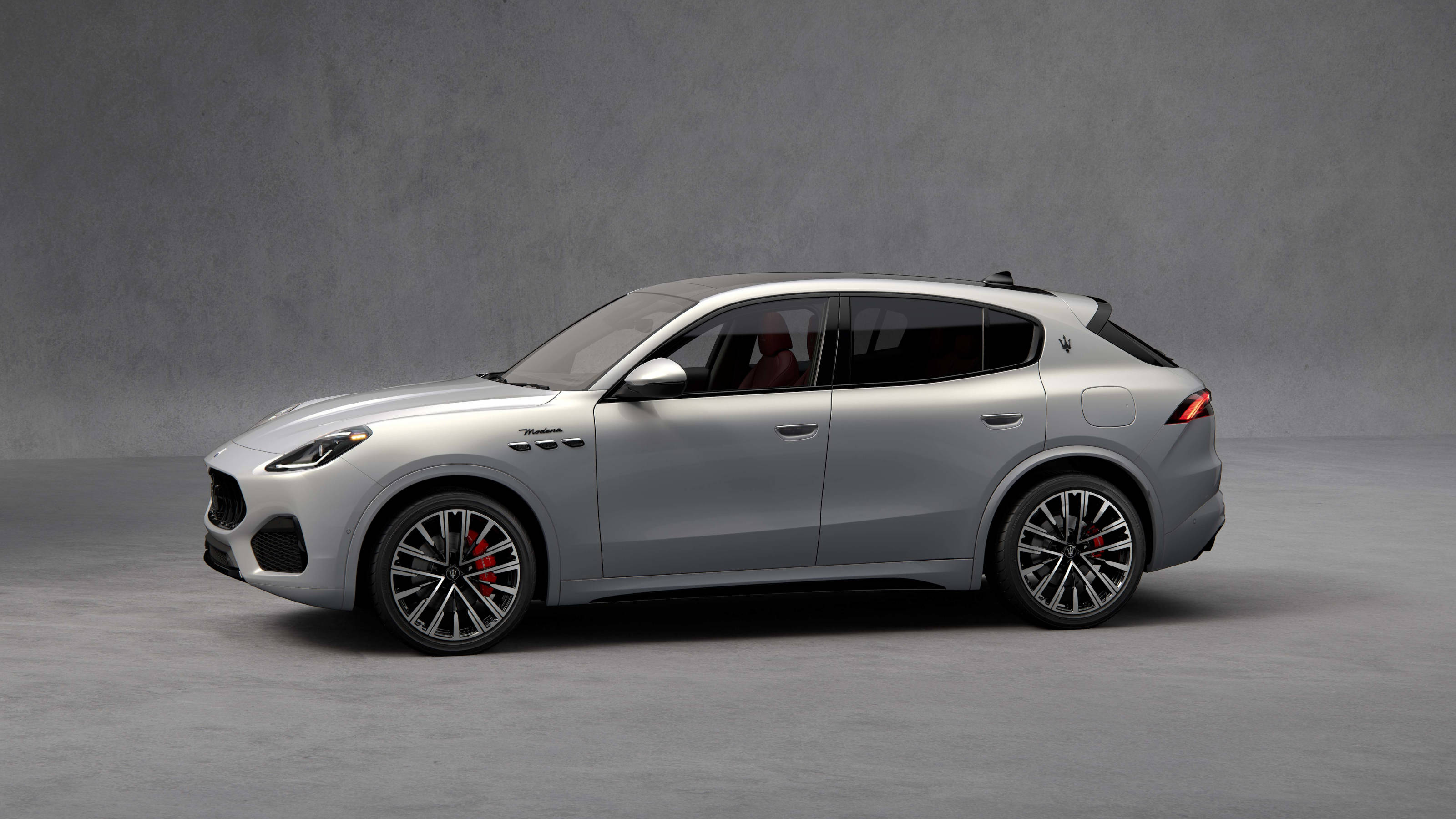 Maserati Grecale Modena hits the middle ground, an SUV for the badge-conscious
Maserati Grecale Modena hits the middle ground, an SUV for the badge-consciousThe Maserati Grecale Modena shows just how far a brand has to go to make an impact in the contemporary car market. How does it reflect on the Italian company’s long heritage?
By Jonathan Bell